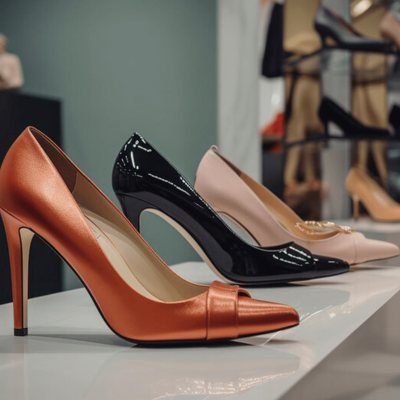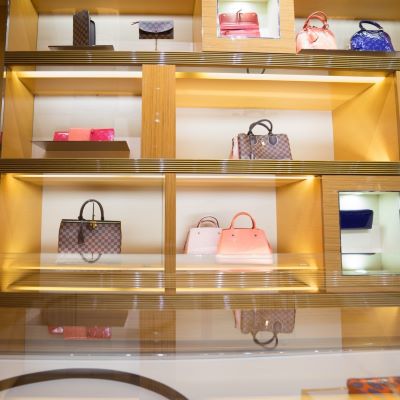Register to continue reading for free
Luxury hit the brakes in 2023

Ahead of the 2024 first quarter results, here’s a look at the sales figures reported by the world’s major luxury players in 2023, which were in general affected by a slowdown in luxury demand
After two years of outstanding recovery after COVID-19, the luxury sector experienced an overall slowdown in 2023, with mixed signals from a reaccelerating Chinese market and slowing markets in the US and Europe. The figures reported by the industry’s major players show just that, and shed some light on the conclusions of the Bain-Altagamma Luxury Goods Worldwide Market Study, which states that “only about two-thirds of luxury brands were able to post growth in 2023, compared with about 95% from 2021 to 2022”.
Warning signs came in the third quarter when LVMH, the conglomerate behind Dior and Louis Vuitton, reported a slowdown in year-on-year sales growth (up by 1.1%). By the end of the year, however, LVMH had proved its resilience, reporting annual sales growth of 8.8% to 86.15 billion euros. The same cannot be said of its main rival, Kering, which saw its sales decline over the year, falling by 13.1% year-on-year in the third quarter and improving only slightly in the fourth quarter (down by 6.0%). In the end, annual sales fell by 3.9% year-on-year to 19.56 billion euros.
The forecast for the first quarter of 2024 isn’t optimistic, with Gucci, the group’s golden goose, still the focus of attention. In a surprising trading update, Kering said that it expects its consolidated revenue to decline by around 10% on a comparable basis from last year’s first quarter, with this result reflecting “a steeper sales decline at Gucci, particularly in Asia Pacific” - its first quarter comparable revenue is expected to be down by nearly 20% year-on-year.
The exact same trend as Kering was experienced by the Italy-based group Ferragamo, which closed 2023 with a revenue decline of 7.6% year-on-year to 1.16 billion euros. Despite showing some resilience in the European market, revenue fell in both the Asia-Pacific and North American markets. The decline in the latter is perhaps more pronounced, as the Chinese market, for example, showed signs of recovery in the final quarter of the year, but it continued to stumble in North America, with net sales down by 14.0% year-on-year in that period alone.
The luxury group Burberry, which had started the year on a positive note, also spoke of a “backdrop of slowing luxury demand”, as its third quarter retail revenue decreased by 7% year-on-year, driven by a “further deceleration in our key December trading period” (burberryplc.com).
In this context of deceleration, Hermès, Prada and Tod’s have managed to stand out. Hermès, based in France, ended the year with sales up by 15.7% year-on-year to 13.42 billion euros, while Prada and Tod’s, based in Italy, grew by 12.5% and 11.9% year-on-year, respectively, to 4.73 billion euros and 1.13 billion euros.
Ahead of their announced merger by the end of the year, Tapestry and Capri Holdings are showing contrasting financial performances: while the former reported a slight increase in sales in the three months to December 2023 amid weak demand for luxury goods, the latter saw its figures fall. Eyes are certainly on these two groups as the strategic merger is expected to create a 12 billion US dollars fashion giant. But “many are watching to see if Tapestry turns around and sells off Versace and Jimmy Choo to help pay for the transaction”, WWD underlines.
As companies prepare to report their next quarterly results, the question remains whether there are signs of moderate growth for this year, based on the “touristic spending growth, the recovery of the US market, an acceleration in China and the Middle East, and the normalisation of Japan” predicted earlier by the Bain-Altagamma report.
Image Credits: thewomenleaders.com








